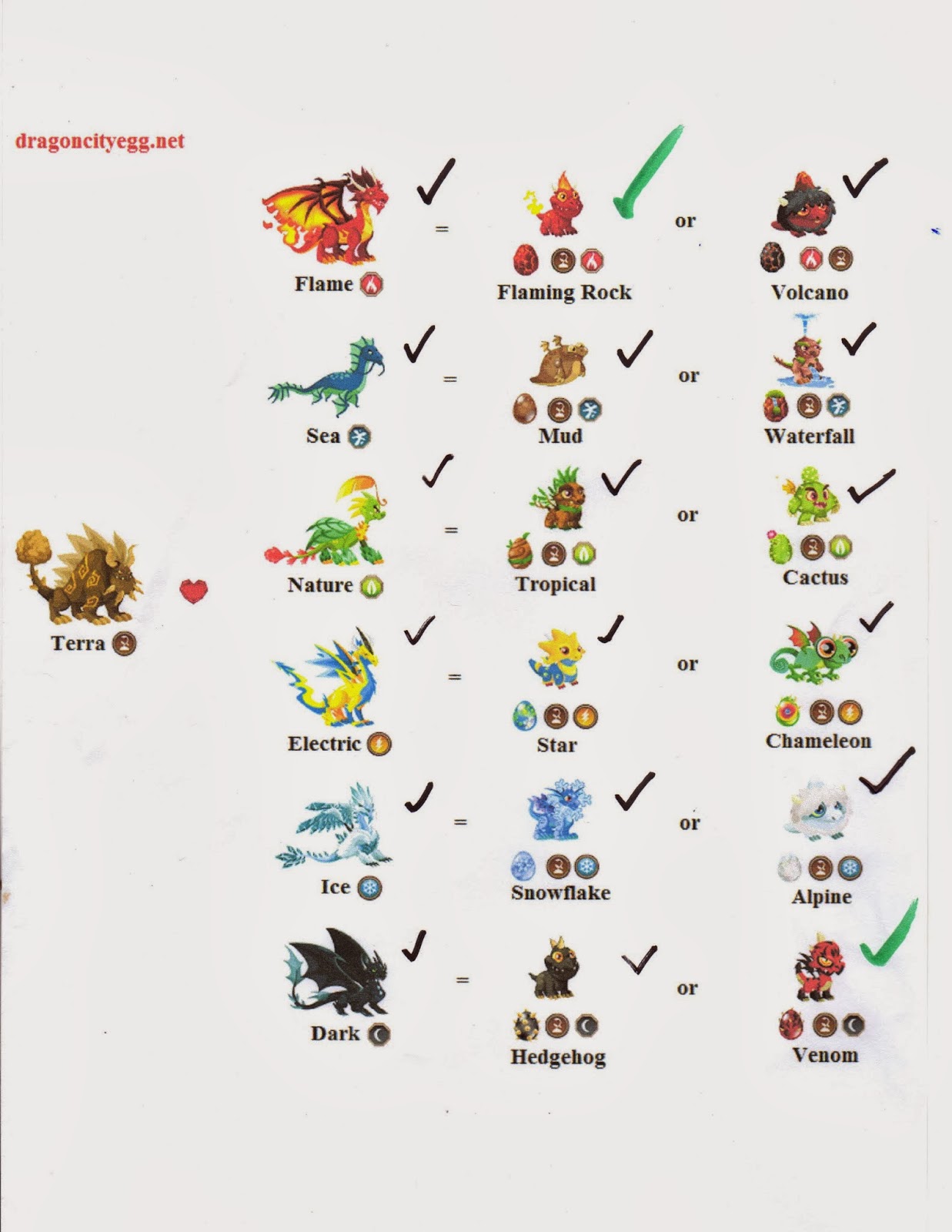
It is only such dragons as Smaug in The Hobbit or Chrysophylax Dives in Farmer Giles of Ham who live up to Tolkien’s idea of what a ‘good dragon’ should be: a dangerous protagonist in its own right partaking in the rich symbolism of the different traditions without being reduced to these ‘symbolic’ functions only. As will be shown, most dragons before (but also after) Tolkien do not live up to their full literary potential as protagonist, but remain either allegorical figures of evil, devices for testing the hero’s qualities, steeds, or Disney-pets. Thank you for watching, Like, Comment & Share.If you like this video, please subscribe to get more interesting videos. My paper looks at the symbolic and narrative functions of dragons in Germanic literature throughout the ages. Yet ‘death by allegory’ is not the only danger literary dragons have to face. As Tolkien himself points out, a ‘good dragon’ is a beast that displays the typical characteristics of draco without becoming a mere (allegorical) representa¬tive of draconitas (i.e. Tolkien noted: ‘There are in any case many heroes but very few good dragons.’ (Monsters 17) Modern readers may wonder what he meant by ‘good dragons’ – certainly not virtuous or ‘morally good’ dragons, which are, basically, a modern invention. An Inquiry into Literary Dragons East and West.



Published in Fanfan Chen and Thomas Honegger (eds.).


 0 kommentar(er)
0 kommentar(er)
